What we expect from a people-centric health budget
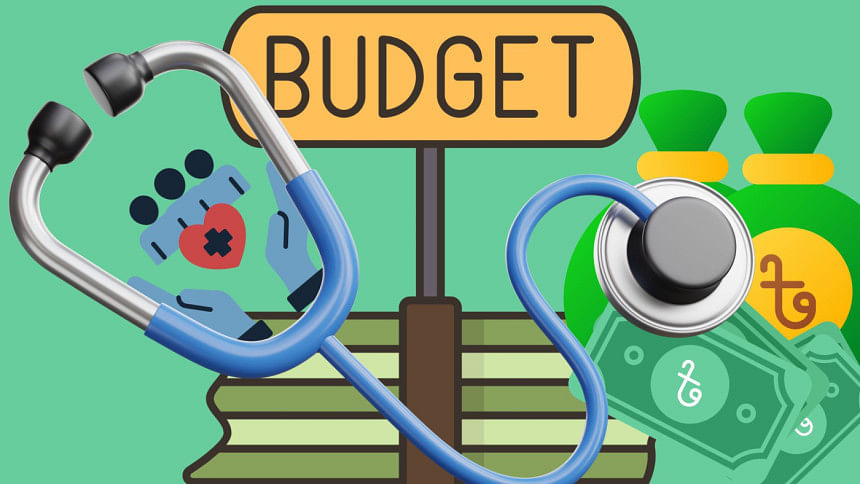
The health sector in Bangladesh faces severe challenges due to a lack of strong political commitment and effective policies, inefficient management, weak governance, and a dire shortage of financial resources. In this context, merely increasing the budget—which was equivalent to 0.74 percent of GDP in FY2024-25—is not enough; what's needed is efficient and accountable budget management. Funds must be invested transparently and strategically in areas that bring most benefit to people, and the concept of a "people-centric health budget" must now be part of national discourse. Such a budget requires increasing public spending on healthcare relative to GDP, ensuring equitable regional allocations, strengthening public health infrastructure, emphasising preventive and promotive services, and above all, reducing the burden of out-of-pocket expenses on citizens.
An analysis of the proposed, revised, and actual expenditures over the past decade reveals that revised budgets are consistently 20-30 percent lower than the proposed ones. Furthermore, actual spending falls short by 25-30 percent, meaning in most years, only 50-60 percent of the proposed health budget is spent. In recent years, the figure has dropped even further, and the spending that does occur often lacks effectiveness.
This is due to several structural barriers. For example, beyond the health ministry, apex ministries such as finance and public administration and the planning commission often don't prioritise health as necessary. Even within the health ministry, there are limited institutional capacity, fragmentation, and a lack of decisive leadership.
A critical obstacle lies in the disconnect between different tiers of leadership. Secretariat-level officials typically possess general education backgrounds and extensive experience in public administration, whereas the Directorate General of Health Services (DGHS) is largely staffed by professionals with medical training but limited expertise in administration and governance. This disparity contributes to poor coordination, suboptimal decision-making, and frequent delays in the approval process. Moreover, there is a significant experience gap between senior officials at the DGHS and field-level health managers. This disconnect further undermines effective management, communication, and policy implementation at the grassroots level.
Due to inadequate training and capacity in field and hospital administration, procurement of medicines and medical equipment is not done efficiently or timely. This is one of the main reasons why the operational budget is not fully spent. Ambiguities in public procurement laws and regulations further complicate procurement and project implementation. Additionally, the inefficiencies and negligence of several relevant government institutions also play a role.
In the case of development budgets, lack of spending is linked to factors like the incompetence of project directors, their frequent changes, inadequate staffing in project offices, insufficient support from the secretariat and other offices, political interference, and corruption, making it difficult to select competent contractors. The financial weaknesses of contractors also contribute to project delays.
Another major issue is waste and corruption in the health budget. Though reliable data is scarce, irregularities are often observed in procurement processes, patient records, drug supply and storage, and monitoring. Most critically, governance is very weak. Moreover, there is a lack of coordination among many cost centres both within and outside the health ministry such as the Health Engineering Department and Public Works Department.
Before increasing the health budget, certain prerequisites must be fulfilled. For example, ensuring full and efficient utilisation of the current budget, filling vacant positions and creating new ones as needed, ensuring availability of essential medicines and reagents, and launching new programmes to meet rising demands, with dedicated funds. Once these steps are implemented, the government will be able to credibly justify a larger health budget.
To implement a people-centric health budget, structural reforms are essential. First, preventive and promotive services should be prioritised within the primary healthcare system, such as basic outpatient care, immunisation, maternal and child health, and nutrition. In rural areas, the current duplicated system (community clinics, family welfare centres, and health sub-centres) must be integrated into a unified platform, as recommended by the Health Sector Reform Commission. In urban areas, primary healthcare should follow the standard operating procedure developed by Dhaka University's Institute of Health Economics and implemented by UNICEF under the "Aalo Clinic" initiative.
Second, a universal family health card should be introduced to empower citizens to deliver easier and more equitable access to healthcare services. Under this card, the government should provide an explicit benefit package with a primary ceiling of Tk 100,000 annually for each household for referred outpatient departments and secondary care services (e.g. inpatient care and basic emergency care). This will allow families to know what services and how much value they can receive for free, or at subsidised rates, each year.
Third, a national health fund (NHF) should be established under the Bangladesh Health Commission or National Health Protection Authority, as suggested by the Health Sector Reform Commission. The fund should have the capacity to mobilise resources from diverse sources, including compulsory contributions from mobile phone subscribers and through corporate social responsibility programmes. Adopting these changes will require granting financial autonomy to the eight old medical college hospitals and specialised institute hospitals—an initiative that also aligns with the reform commission's recommendations.
The primary purpose of the NHF would be to finance referred inpatient care, treatment of critical illnesses, emergency medical services, and rapid response mechanisms. A household-level annual coverage ceiling of Tk 500,000 could be set to ensure equitable access. This system would bring both public and private healthcare providers under a unified financial framework, enhancing service accessibility and reducing the burden of out-of-pocket expenses.
Implementing these reforms requires political will and a conscious and vocal public that demands good governance and transparency. The active participation of civil society, media, and academia is vital for this purpose.
As a new fiscal year approaches, we must strongly advocate for a people-centric health budget. Recognising that a sick nation can never be productive, it is time to advance the health sector sustainably and equitably through an inclusive and responsible budgeting framework.
Dr Syed Abdul Hamid is professor at the Institute of Health Economics at the University of Dhaka, and convener of Alliance for Health Reforms Bangladesh (AHRB) and Network for Healthcare Excellence (NHE).
Views expressed in this article are the author's own.
Follow The Daily Star Opinion on Facebook for the latest opinions, commentaries and analyses by experts and professionals. To contribute your article or letter to The Daily Star Opinion, see our guidelines for submission.
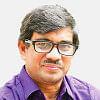
 For all latest news, follow The Daily Star's Google News channel.
For all latest news, follow The Daily Star's Google News channel. 




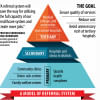

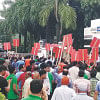


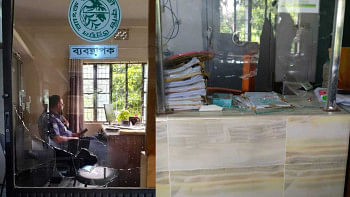
Comments